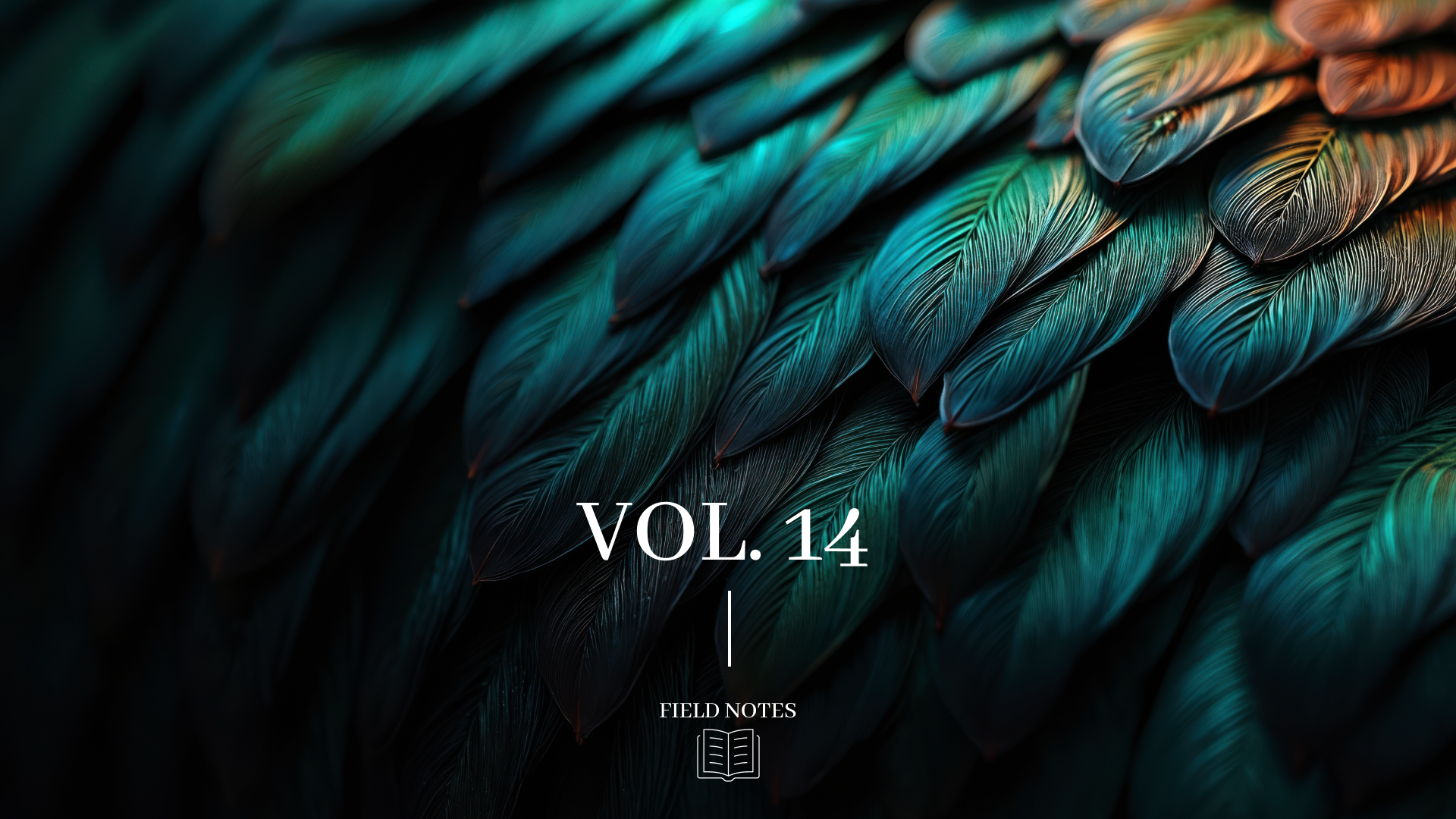
I'm not going to lie, the first time I used generative fill in Adobe on one of my photos I was blown away. Was it perfect? Absolutely NOT ... but it was pretty darn good and after I spent a little time with the heal tool and stamp it was darn near perfect. However, in those early moments I understood something fundamental was shifting. AI wasn't a future buzzword anymore. It was here, it was becoming part of our tools, tools we use every day. There are MANY layers to this ... and it's just getting started!
Where AI Is Showing Up in UX Today
We’re already working alongside AI, even if we don’t always call it that. Design platforms are rolling out features that quietly (or loudly) transform how we approach our work. In tools like Figma and Framer, AI can generate UI layouts, suggest color palettes, or even write placeholder content that sounds eerily close to what you might have written yourself.
On the research side, AI can do the heavy lifting for us, summarizing user interviews, clustering insights, and offering sentiment analysis that would’ve taken hours to synthesize manually. There are even AI-based usability testers that simulate user interactions, flagging potential friction points before a human ever gets involved. I remember a few years back when Figjam rolled out AI, being able to quickly summarize workshop materials was huge in cutting down on the "give us a little while to organize and summarize this before we get started on the next step...." It allowed us to keep the workshops flowing and ideas fresh.
The goal as I see it isn’t to replace designers. The goal is to remove friction in the process so we can focus more on what matters: solving the right problems for the right people in a timely manner.
What Changing ... What Isn't
Designers today can move faster. We can test more, iterate more, and spend less time on repetitive tasks. That’s a big win. But there’s a nuance here: AI is changing how we work, not why we work. We have to shift the way we think about and approach these problems.
I can't stress enough: We still need critical thinking. We still need empathy. We still need to understand the messy human contexts behind the screens we’re designing for. As you think about AI, it's still a machine, it's still thinking in 1 and 0 and that messy human context is hard to easily narrow down into patterns. AI can surface patterns in data, but it can’t tell you why a user hesitated on a screen. It can summarize a research session, but it can't necessarily understand the hesitations or sentiments associated with the testing. It can make good guesses, but again those guesses are based on pattern.
In other words: it’s a powerful co-pilot ... but the values, vision, and judgment still have to come from us.
How Designers Can Adapt
This is not the moment to resist. It’s the moment to lean in ... with purpose.
Start by getting curious. Explore AI-powered features in your current tools. Practice writing prompts and see how systems respond. There are tons of wonderful prompt writing courses to change the way you think about interacting with AI. You can't just go with the "Excuse me ChatGPT can you please create an image of a ____ for my social post on Instagram?"
You don't need to worry about mastering the tech. Focus on understanding its strengths and limitations.
More importantly, double down on your fundamentals:
- Get sharper at problem framing.
- Stay anchored in user needs.
- Be the one asking why, not just how.
And start thinking critically about what responsible design means in an AI-powered world. Ask these questions: Are your tools reinforcing bias? Are automated decisions transparent to users? Are you putting control in the hands of people? Or ... are you taking it away?
These are questions designers need to own, not outsource.
Where This Is Going (IMO)
We’re already seeing hints of the future:
- AI-powered components that auto-adapt to context, this is showing up in a variety of places as a designer.
- Personalized interfaces that evolve in real time. Not just talking about the personalized desktop or algorithm based contextual information we've come to know ... but truly personalized in the moment content that adapts with you and your users.
- Tools that generate responsive UIs from plain text. These are still just for the purpose of rapid ideation, but they are getting to the point that it's just as fast as grabbing a marker and standing at a whiteboard.
Eventually, we may move toward fully autonomous systems ... design systems that literally design themselves within set parameters. That’s exciting and a little wild. But it doesn’t mean designers are out of the picture. If anything, it makes our role even more critical. We’ll move from creators to curators, from builders to strategists. Your days pushing pixels are far from over, it's evolving and so should you.
Design has always been about intent. As AI becomes more integrated into our workflows, the challenge is to stay intentional. You're becoming a director, your role is evolving and you need to direct, to shape, to guide the systems.
The best designers won’t be the ones who ignore AI or fear it. They’ll be the ones who use it wisely ... who combine intuition with intelligence, creativity with computation, and imagination with exploration.
That’s the future I to be a part of and want to help build.
I'd love to hear about your thoughts, connect with me on LinkedIn and let's chat.

Until the next volume, thanks for joining me.
- Andrew Preble
